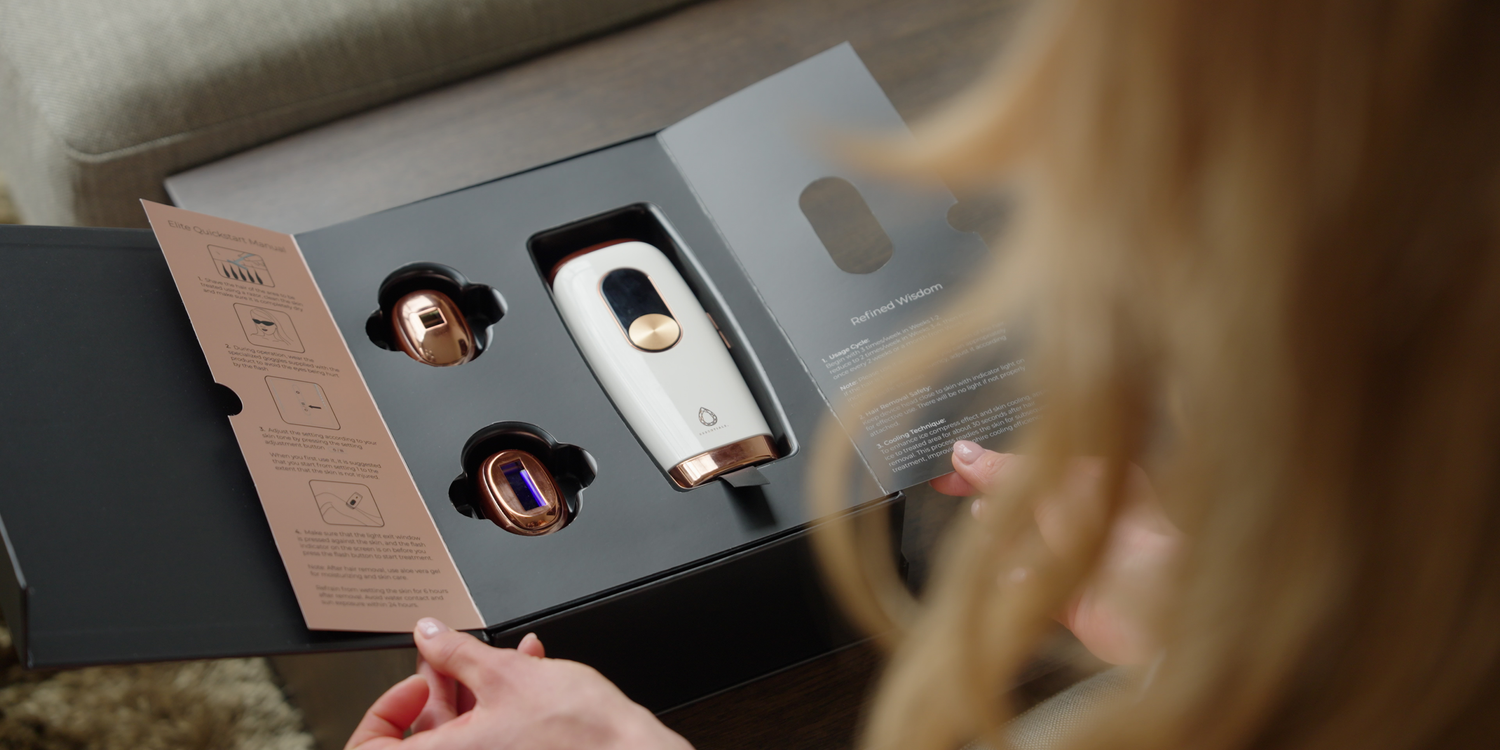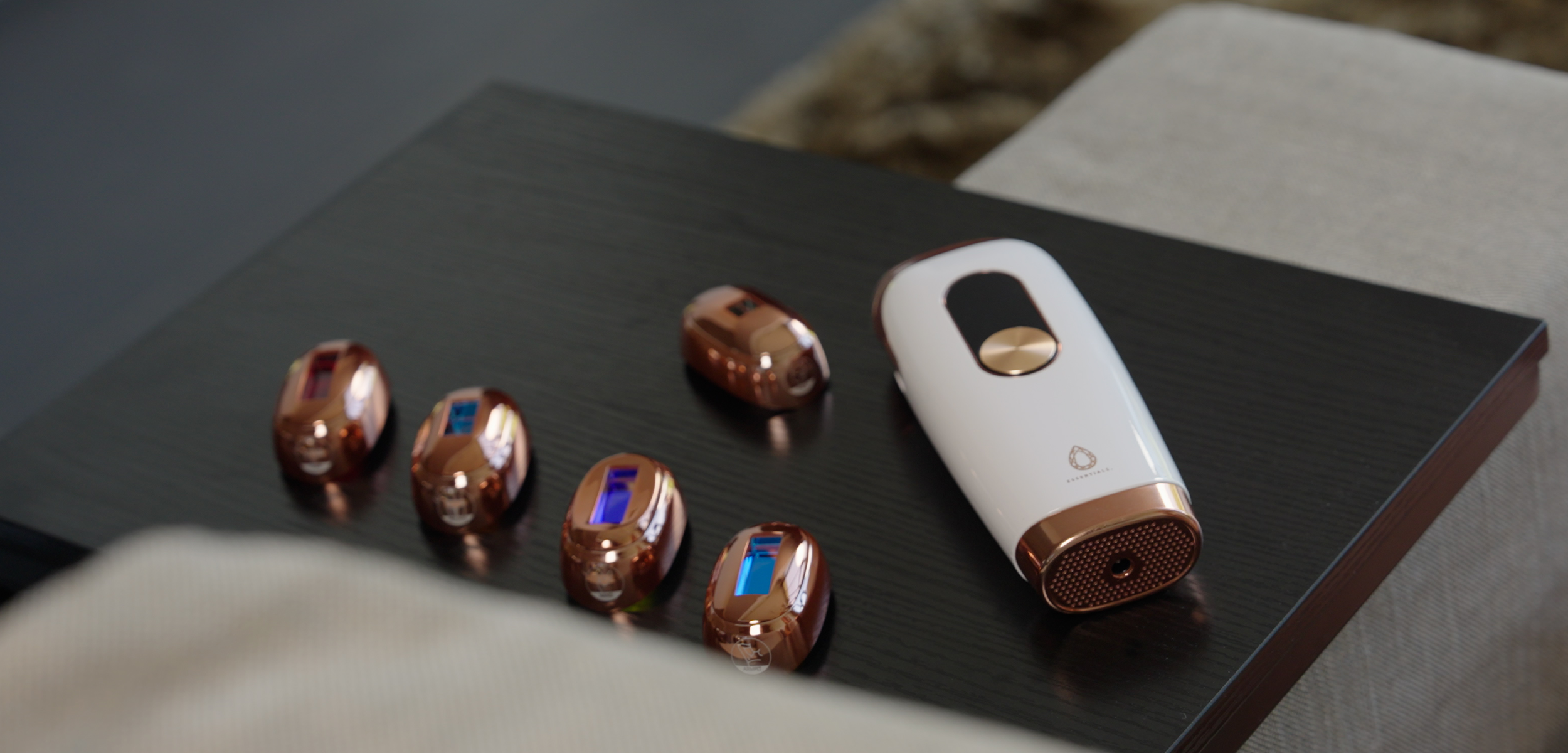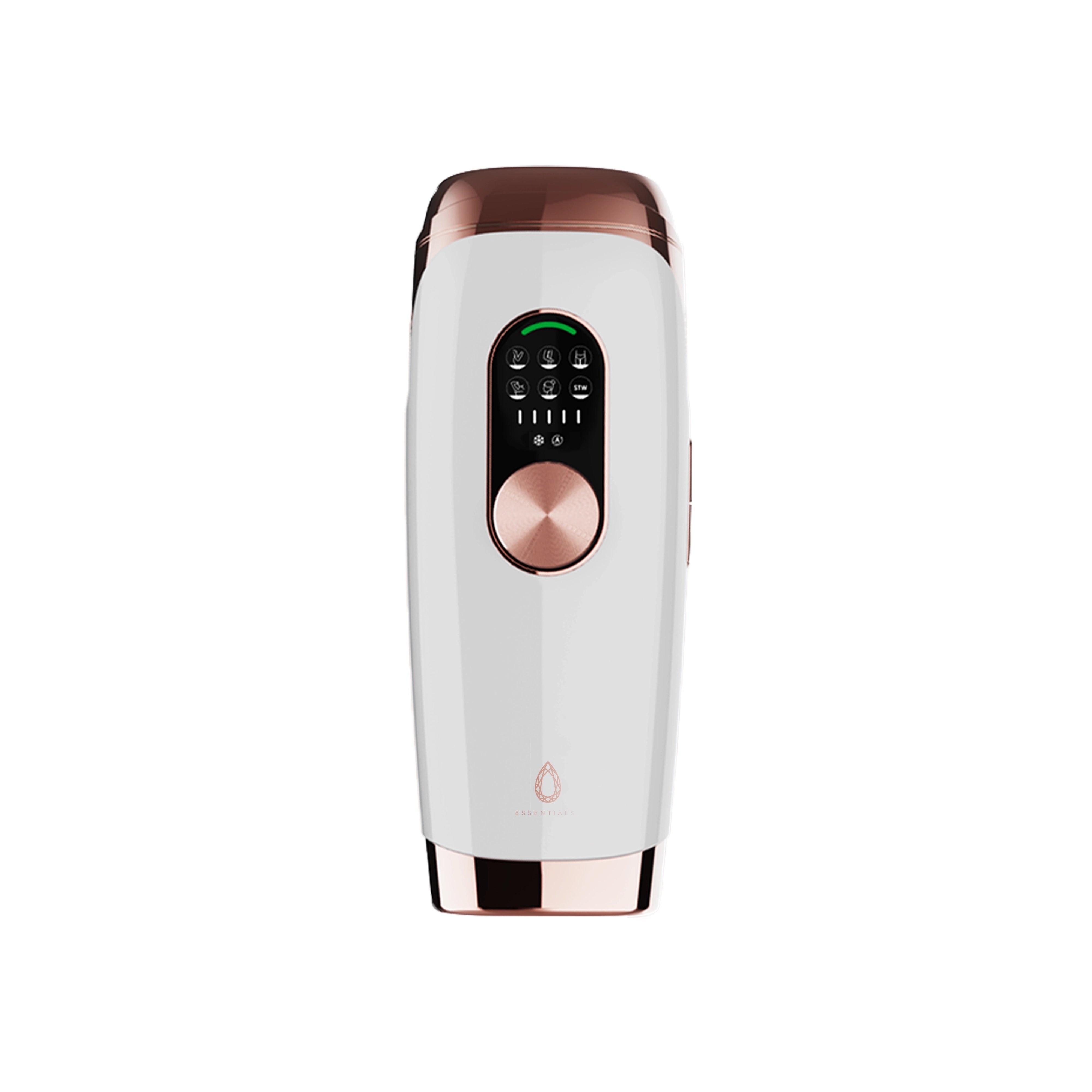IPL hair removal is a popular method for long-term hair reduction. But what exactly is it and how does it work? In this blog we delve deeper into the world of IPL and compare it with laser hair removal.
How does IPL work?
IPL stands for Intense Pulsed Light. The IPL method uses broad light pulses that are absorbed by the skin and converted into heat. This heat damages the hair follicles, slowing and eventually stopping hair growth.
IPL vs laser: What are the differences?
Although both methods use light to reduce hair growth, there are some key differences between IPL and laser hair removal:
- Light source: IPL uses a broad spectrum light, while laser uses a single, concentrated wavelength of light.
- Precision: Laser is often more precise and can penetrate deeper into the skin.
- Suitability: IPL works best on fair skin with dark hair, while some lasers are effective for a wider range of skin and hair types.
Effectiveness of IPL
The effectiveness of IPL can vary, but many users see a significant reduction in hair growth after a series of treatments. For optimal results, a consistent treatment plan is essential.
IPL advantages and disadvantages
Advantages:
- Suitable for home use
- Less painful than some other hair removal methods
- Can treat large areas quickly
Disadvantages:
- Less effective on light hair or dark skin
- Requires multiple treatments
- Results may vary
Is IPL safe?
IPL is generally considered safe when used correctly. Modern IPL devices such as the IPL Genie have built-in safety features to minimize risks. However, it is important to follow the directions carefully and perform a patch test before starting.
Laser hair removal benefits
While IPL is great for home use, professional laser hair removal offers some unique benefits:
- Suitable for a wide range of skin and hair types
- Can be more effective for small, precise areas














Leave a comment
This site is protected by hCaptcha and the hCaptcha Privacy Policy and Terms of Service apply.